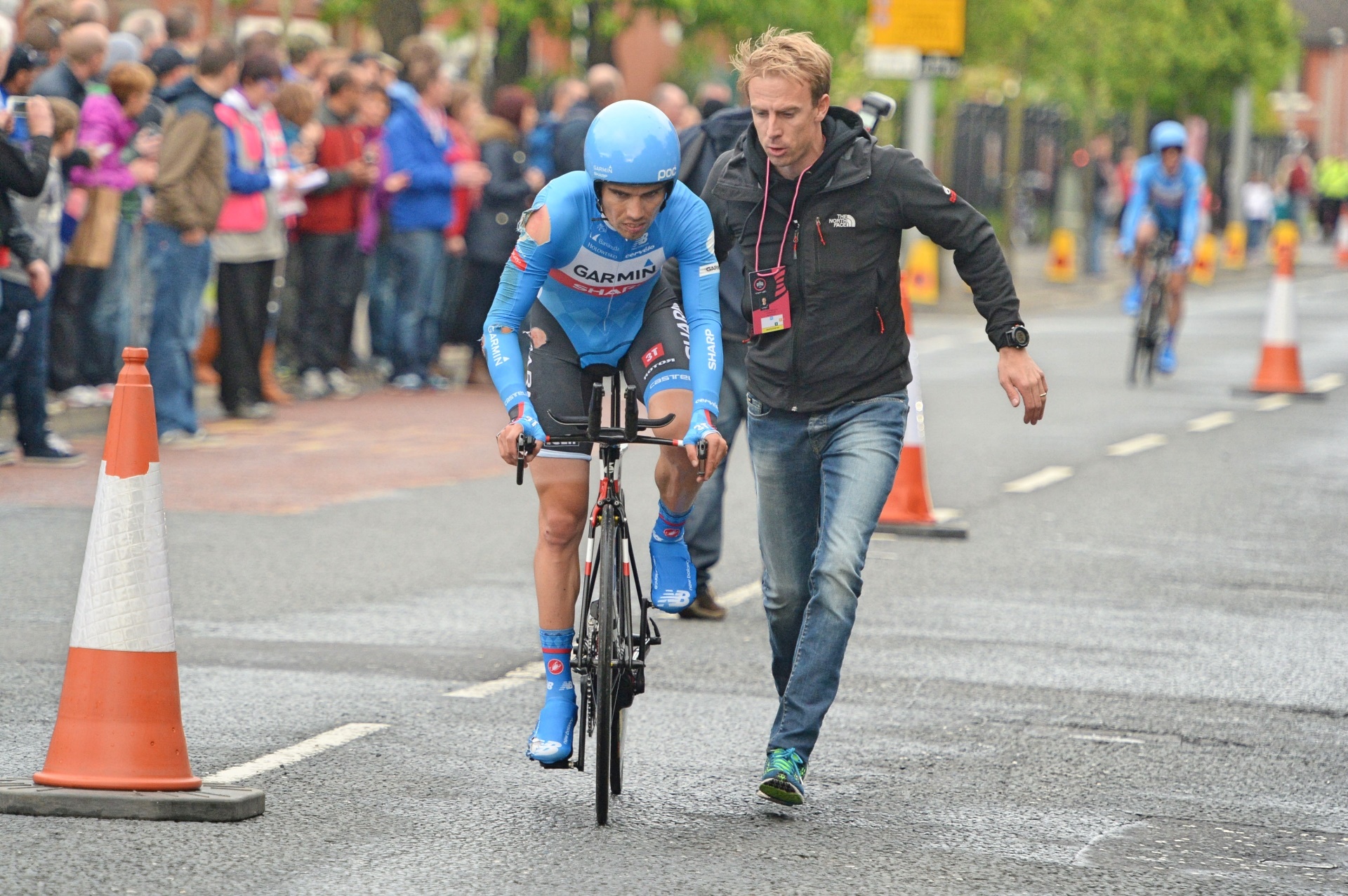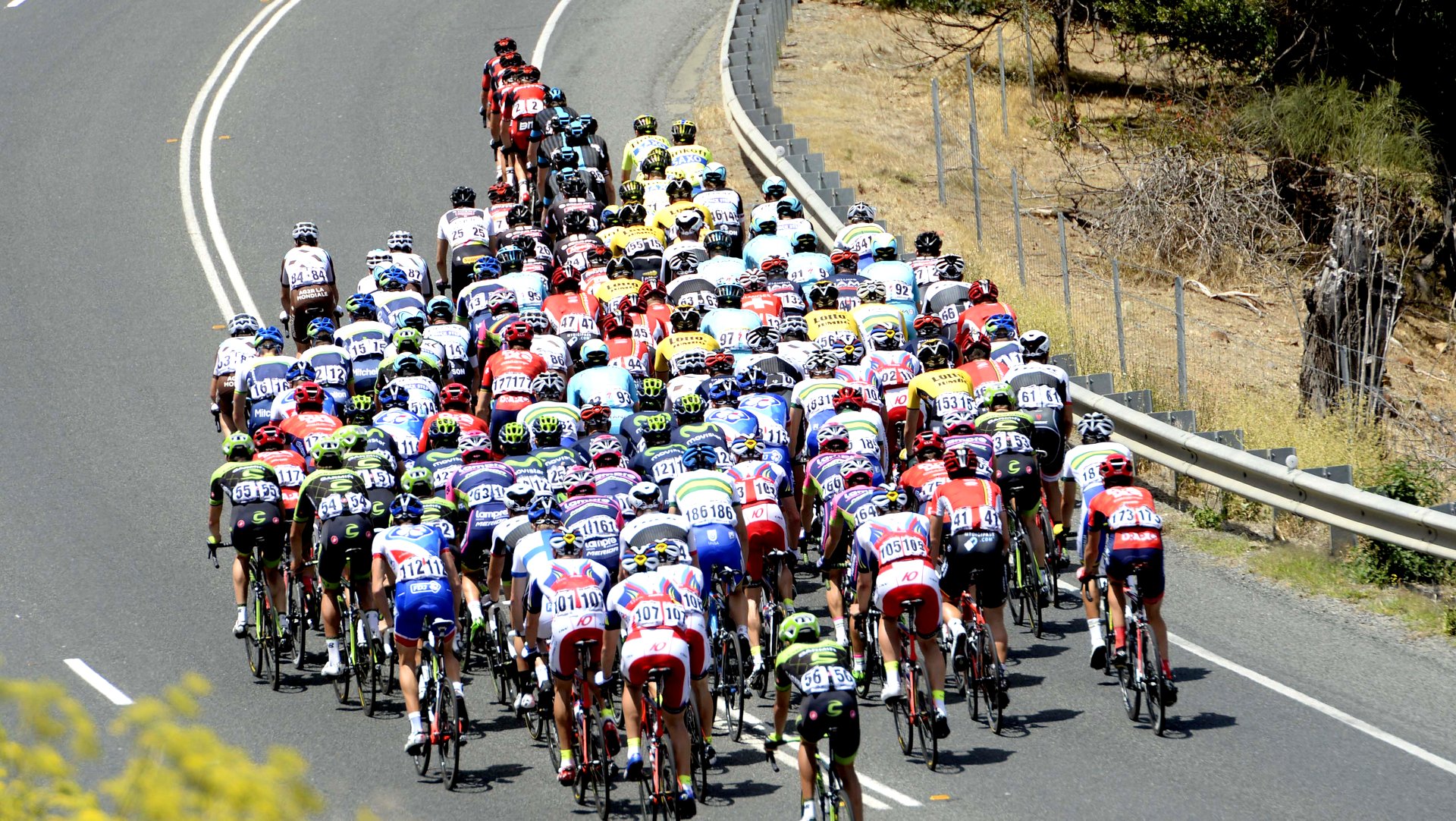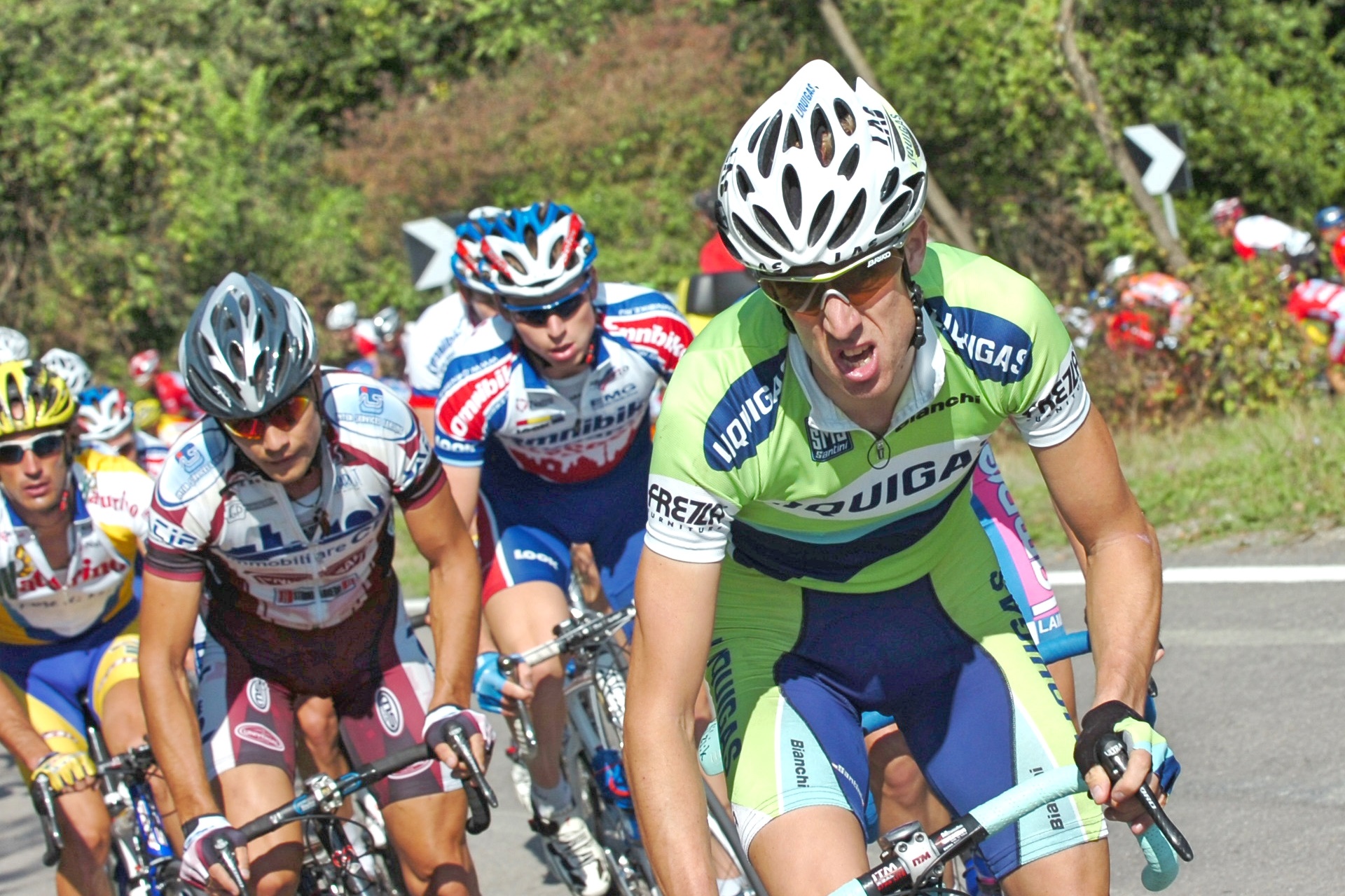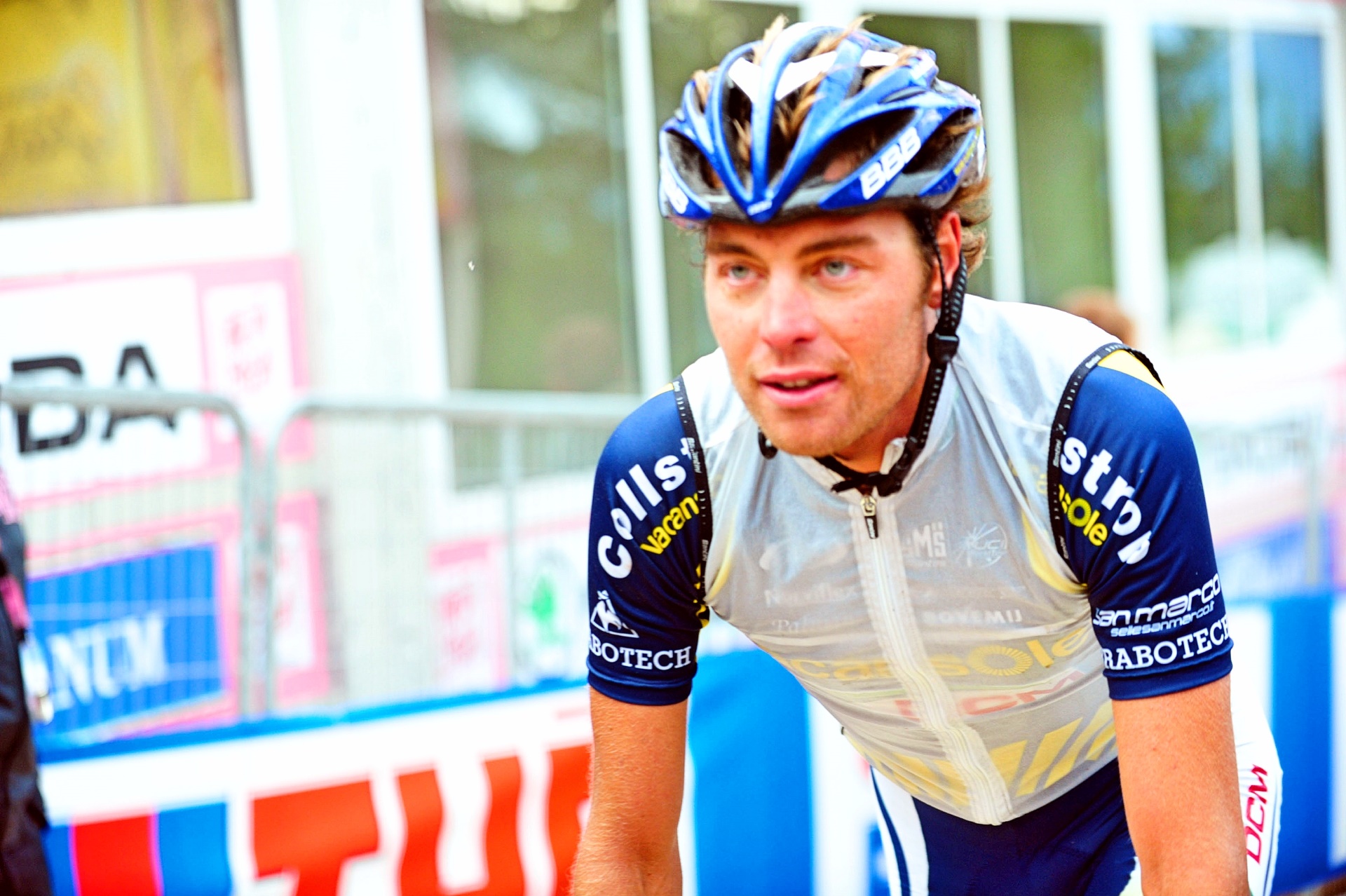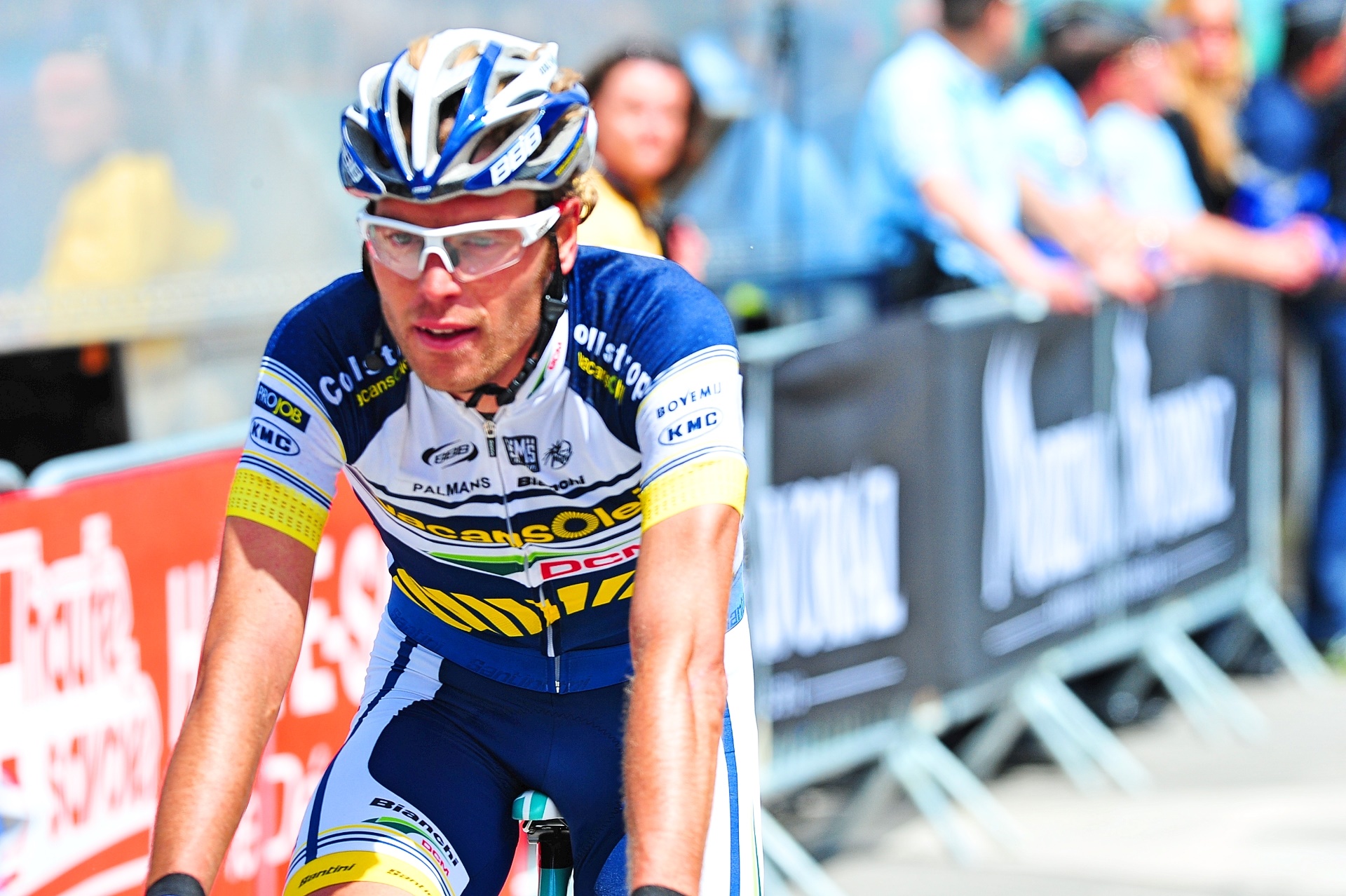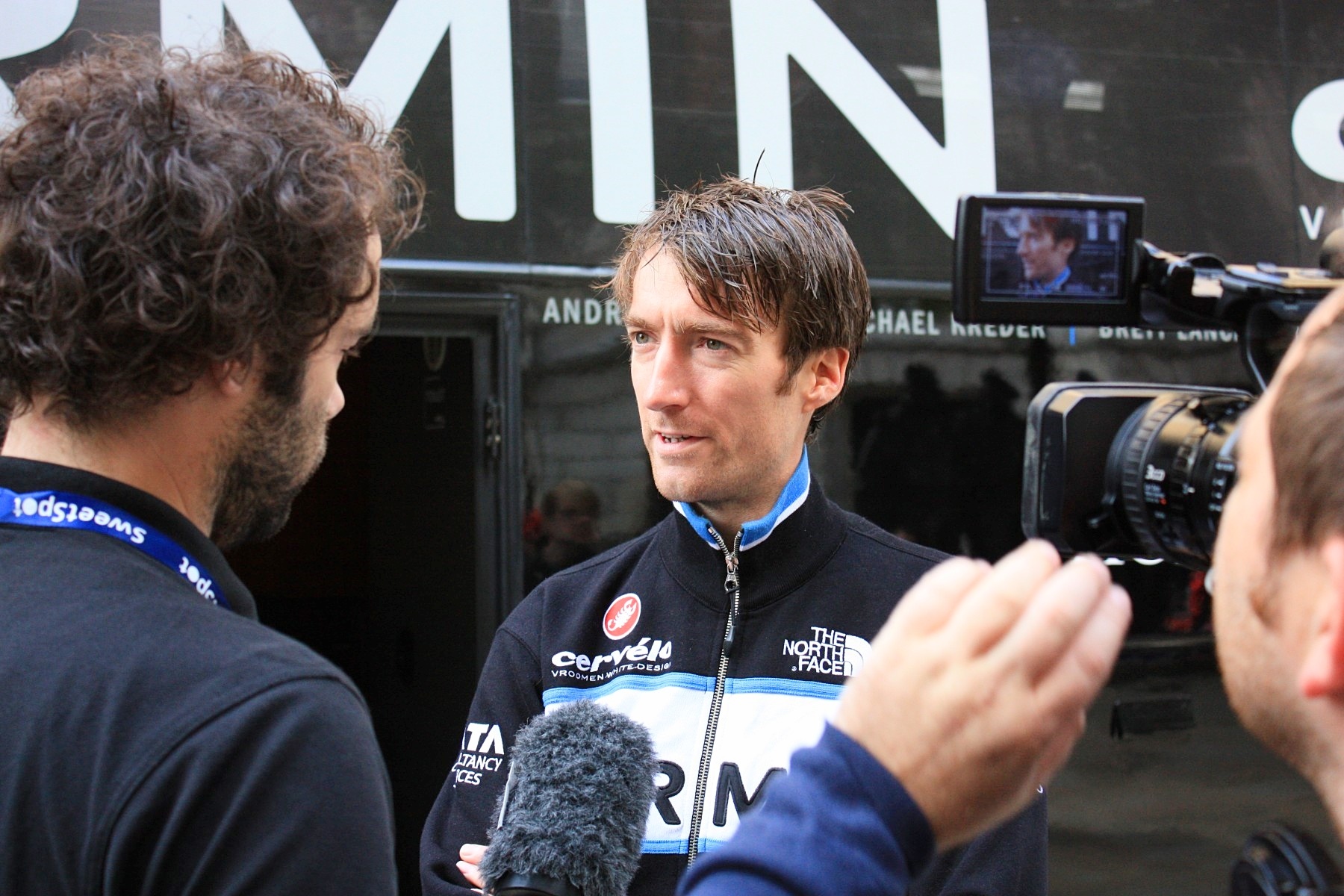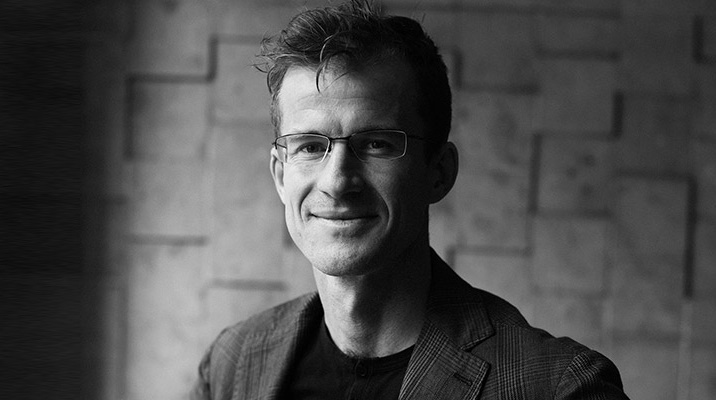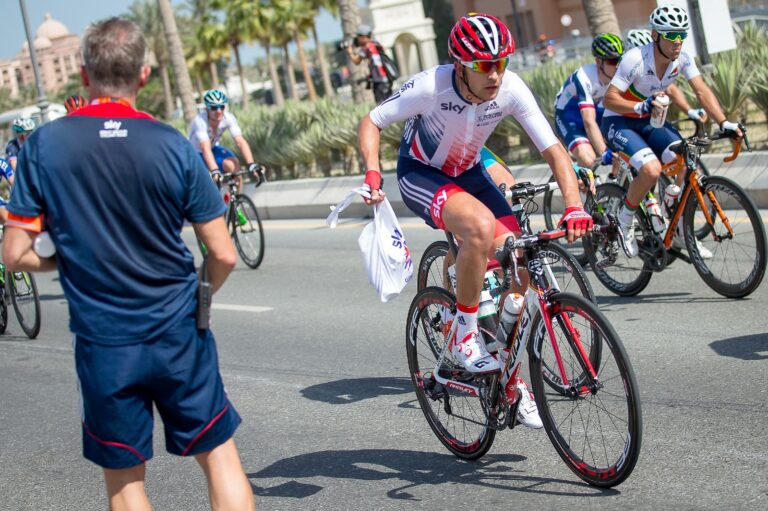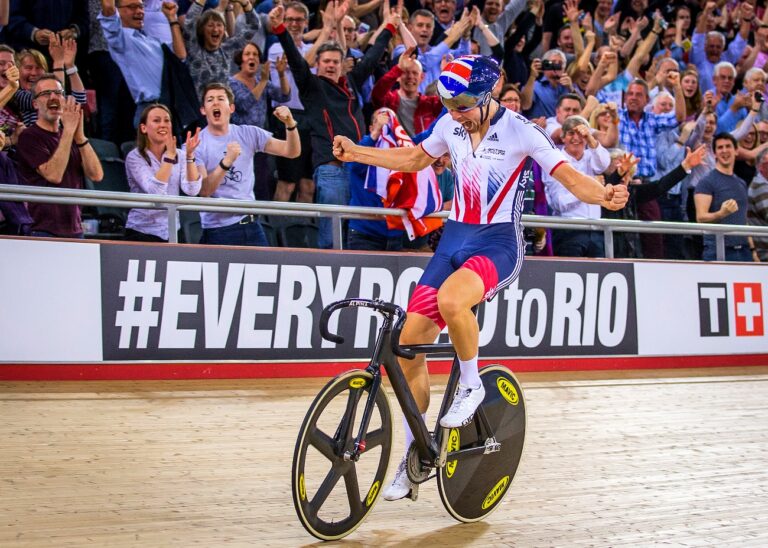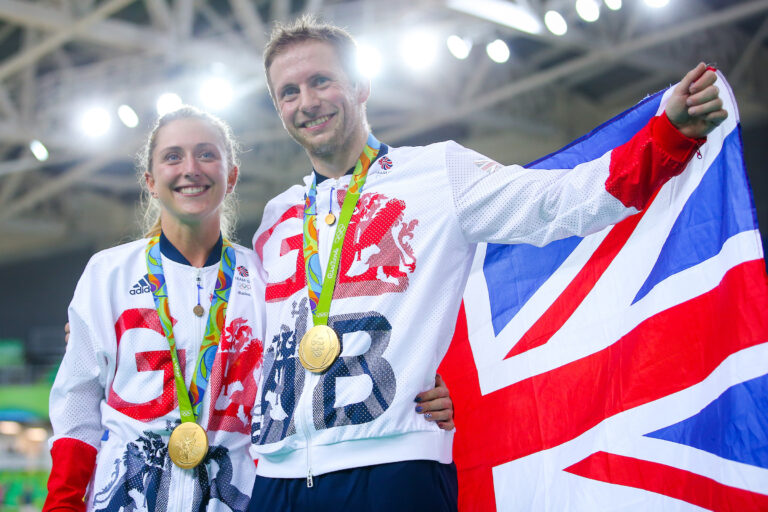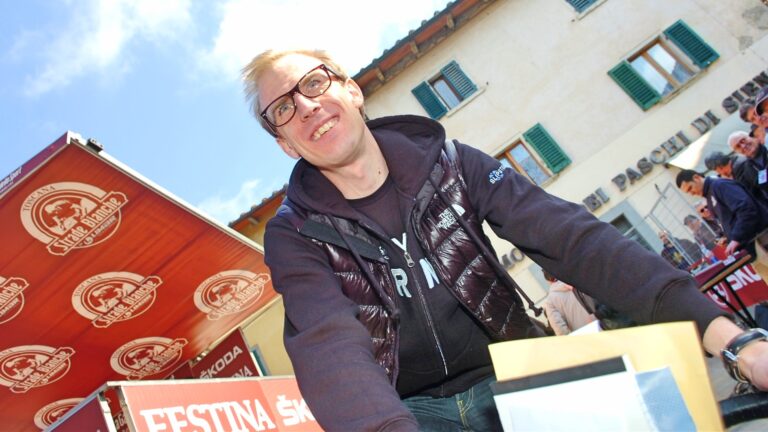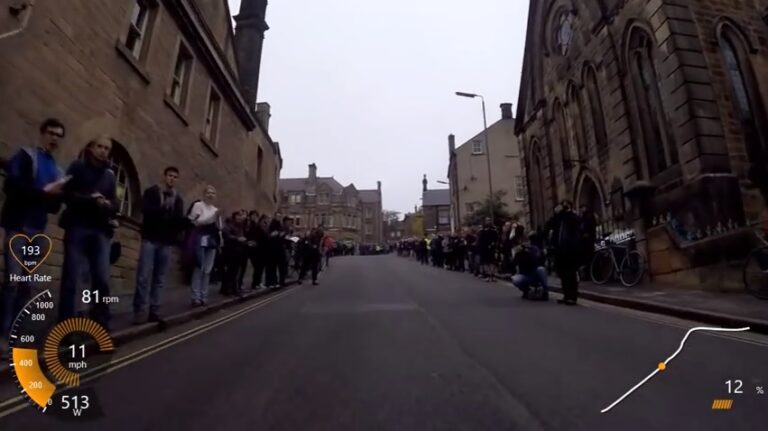The competitive life of the professional cyclist is rarely short or merry, but when it ends, the return to comparative normality can be tough to take.
A berth in cycling’s top tier is difficult to attain and precarious. A rider is required to stay competitive and injury-free in the most demanding sporting environment, while negotiating a contractual landscape that is unstable at best. Teams are created at the whim of sponsors and disappear by the same method.
Despite all of this, few who have plied their trade by pedaling would swap their experience for anything else. Entering real life after a cycling career likely to have begun in teen years or earlier can be a difficult period in the lives of those who left much of themselves on the road.
For an increasing number, life after cycling hasn’t meant a return to the local bike shop, or an anonymous position in the broader economy. We spoke to four former riders who have made a successful transition from the peloton to Civvy Street.
The directeur sportif
When Charly Wegelius called time on an 11-year career in 2011, he was keen to see the back of the sport and to experience another life. Anyone who has read his book, Domestique, co-written with another former rider, Tom Southam, will know the intense physical and emotional demands Wegelius faced in becoming one of the peloton’s most respected riders.
His transition to the team car at Cannondale-Drapac was the last thing he had planned or wanted. Wegelius admits now that when team owner Jonathan Vaughters offered him the position, he accepted in order “to buy some time to look around.” That his new role has proven to be as satisfying as the last has come as a pleasant surprise and is one he is grateful for.
